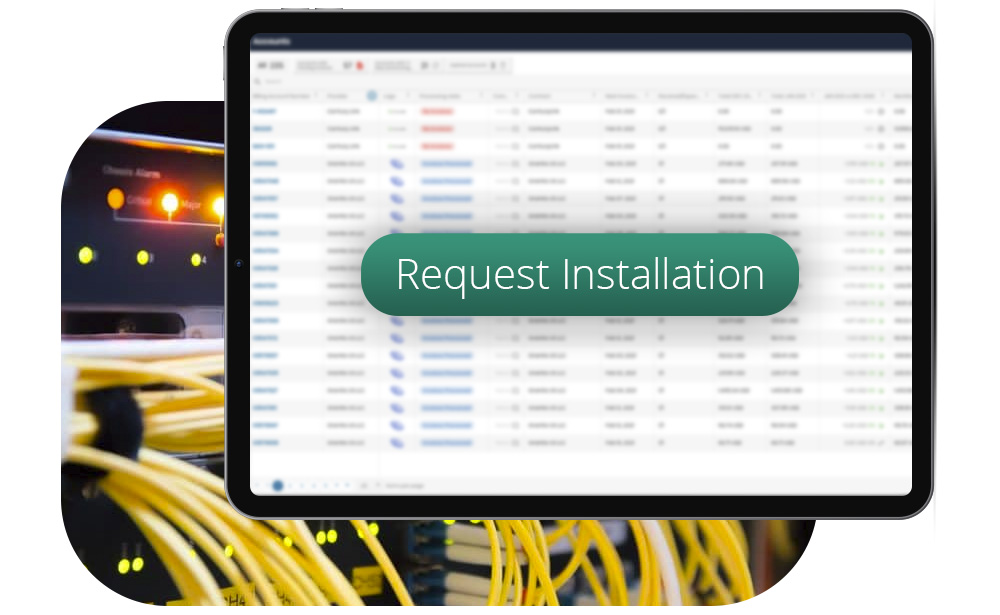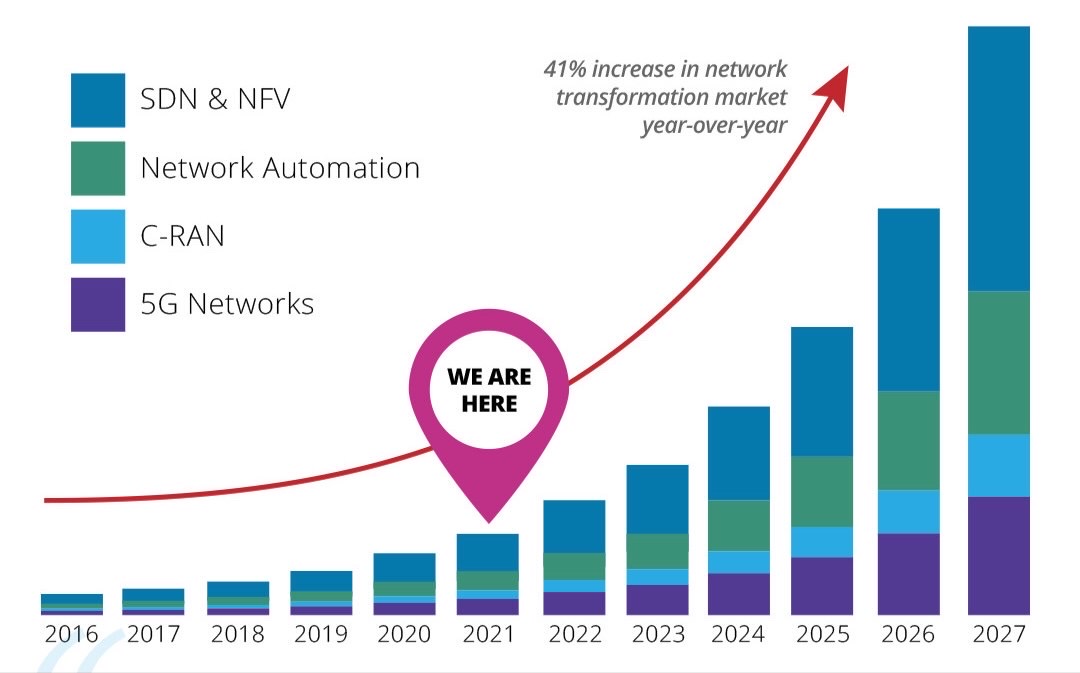Introduction to POTS Lines
A pots line or (plain old telephone service) line is a traditional business telephone line made with an RJ-11 jack that offers access to a phone number and basic phone features. Recently we’ve seen businesses transition away from using these POTS lines as they’ve become more cost-prohibitive and are being replaced by VoIP systems.
As VoIP providers proliferate, some are offering rates that are competitive with POTS while retaining the ability to offer advanced call handling features. These new competitive pricing plans have encouraged businesses to completely phase out their POTS lines in favor of VoIP services, which offer more flexibility, customized feature sets, and more cost-effective pricing.
As technology advances and POTS lines are phased out, your organization may need to consider a network transformation. Let’s review what a POTS line is and why they are going out of date.
The challenge with copper wires
POTS lines are antique and at their best offer no real growth potential. Organizations looking to save time, money, and resources with a better phone solution need to utilize network solutions such as SIP trunks that route calls over the Internet.
The simple fact is, in today’s gigabit world a copper cable can no longer keep up with the demands of business phone systems. The result is a poor quality of service, decreased productivity and unhappy employees. If your network currently uses POTS lines, they are time-limited and will require a network transformation before they become obsolete.
So this begs the question – how do we remove or eliminate these significant, line-induced impairments? The answer is to use fiber optic cable. Fiber optic cable has two extremely important features that make it far superior to traditional copper cable. First, it is significantly better at transmitting high-speed signals over great distances than copper wire of equal thickness. Second, it eliminates both electrical and electromagnetic noise on the line because light is transmitted instead of an electric current.
Business Phone Systems
Similar to how VOIP replaces traditional telephone lines for residential customers, a POTS line (Plain Old Telephone Service) is the type of phone connection used in business phone systems. However, POTS lines are quickly becoming a thing of the past as companies choose to upgrade to VoIP phone systems and IP PBX systems.
With the emergence and development of cloud-based services, customers are beginning to demand more flexibility from their telecommunications service providers. New network architectures will be required to deliver on new business models such as hosted IP phone systems, VoIP and wireless capabilities. Traditional telephone networks with PBX will increasingly rely upon IP solutions to host the company’s voice, video and data applications.

POTS versus Unified Communications
Business Phone Systems are rapidly evolving, and with these changes come a few big questions. The first question that comes to mind is why do we need such change? The answer is simple: people don’t use their phones the way they used to back in the 80s. Today, we have apps like Whatsapp or Facebook Messenger which allow us to message and talk to those around us free of charge. This has led to the dropping of traditional phone lines and POTS lines by companies.
The industry is moving toward a single, unified and seamless communication experience for both enterprises and consumers. This has been driven by the need for increased productivity and efficiency in the workplace.
In today’s business environment, employees are expected to respond to customers’ requests at any time from any location. They need to be able to receive notifications of meetings and calls from their mobile devices, regardless of where they are. This is no longer just about improving productivity within the organization; it has become a matter of survival for businesses in this highly competitive global economy.
Unified communication is a term used to describe a host of communication-based technologies, ranging from email, texting, voice calls, and video calls. UC can significantly improve your ability to collaborate on projects with colleagues located across the globe by providing one seamless user experience spanning multiple locations and devices. It can also improve employee productivity by giving employees access to their corporate data from anywhere at any time using any device they choose – mobile phone or tablet for example.
Network transformation webinar
In the last decade, businesses have been dealing with the loss of their POTS lines. These phone lines were once reliable, albeit expensive and restrictive. Businesses have since learned that cutting the cord on their POTS lines is one of the best things they could do for their bottom line and frustration levels.
This transition from corded to wireless has brought about a great deal of change for organizations everywhere, including schools and businesses. While not all organizations are ready for this transformation, it’s never too early to start looking into your options and taking advantage of these solutions if they can provide added value for your business today.
Check out our webinar, 6 Steps to a Network transformation to learn more.






